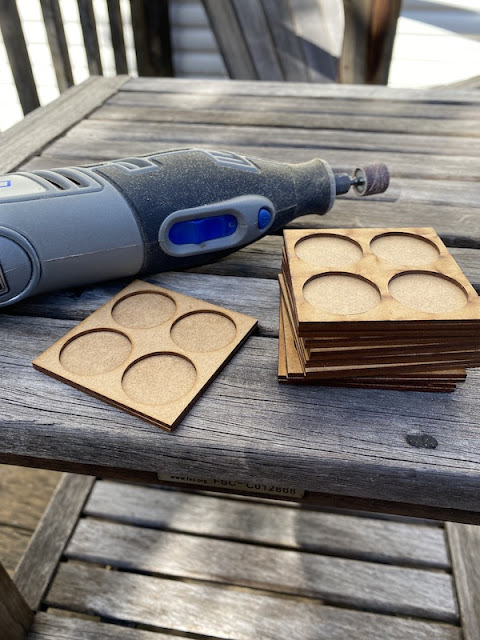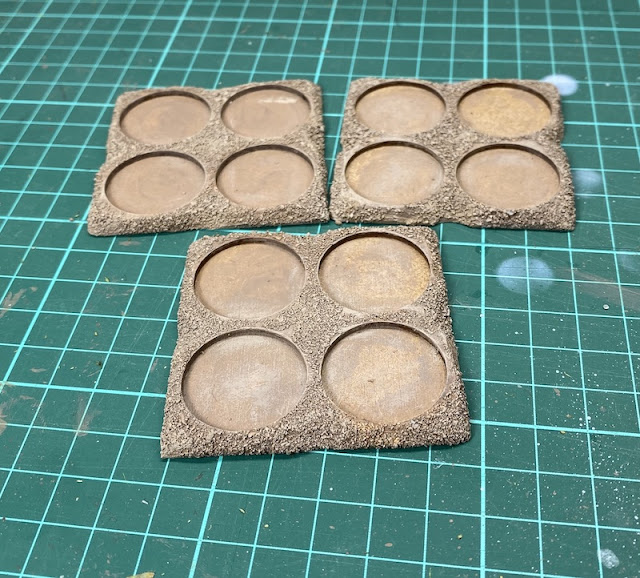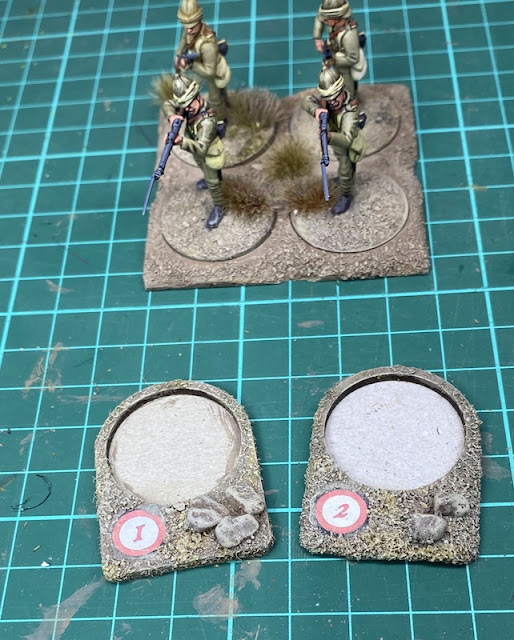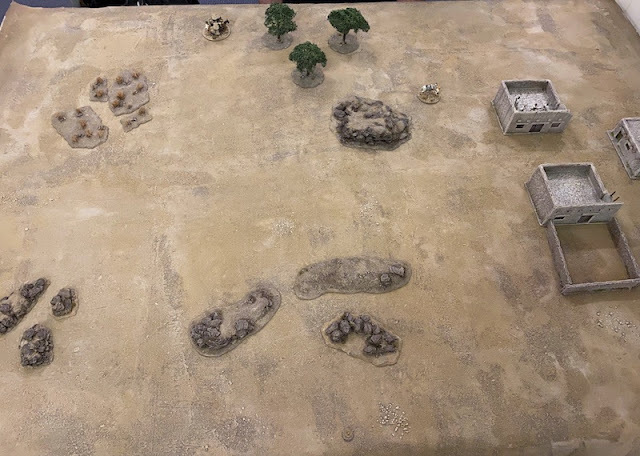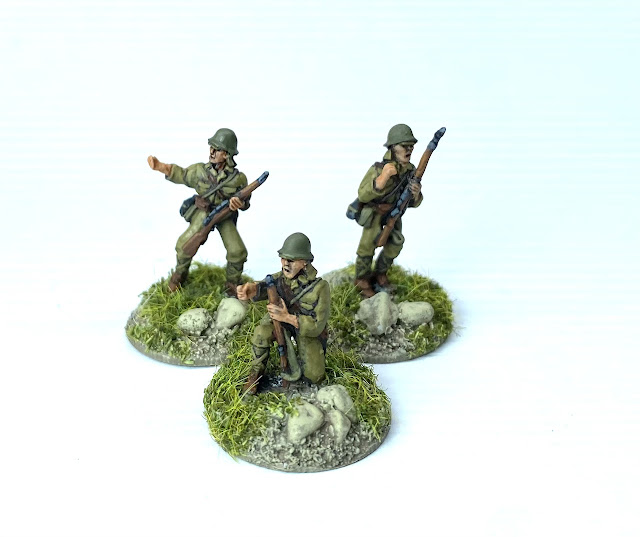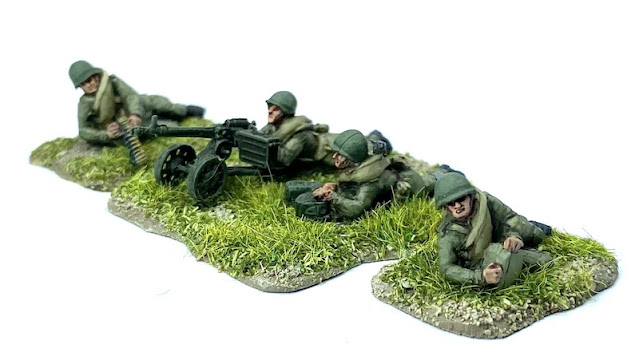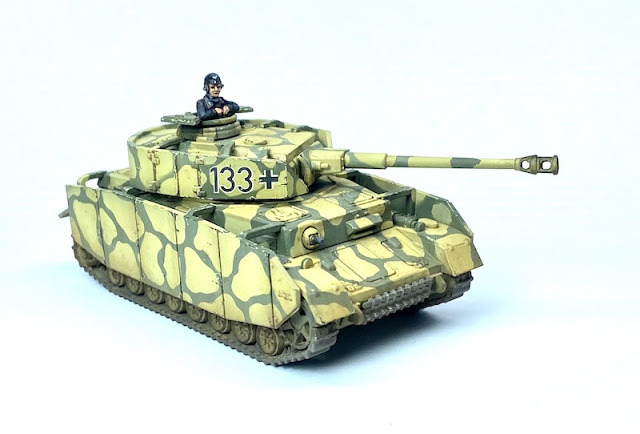I like the idea of terrain that can be versatile for different periods and locations. The trees I originally created for 20mm games in NW Europe are large enough to work for my 28mm AWI games in North America. The same trees have helped fill out my jungle terrain when playing 20mm Second World War games in the Far East yet also populated 28mm tables for the Hundred Years War. That sort of thing is not so straightforward once you move your games into the arid terrain of the desert. It means very few pieces will translate and so my recent venture into the Sudan has called for more terrain and game aids.
One of those are sabot bases. The ones I use currently were made for Sharp Practice in North America and won't work in the desert. While I find sabots useful for moving formations of figures I don't like the way they can appear on the table as raised platforms. It's probably just a personal thing but they do seem to break the immersion (I can't help thinking the miniatures look like they're performing on a stage). For me there's a simple enough solution which is to bevel the edges using the sanding attachment on my Dremel rotary tool.
The next steps are to add texture and paint in exactly the same way as I do the figure bases. In the case of the desert they don't even require any flock other than the odd tuft.
I'd hate to suggest that I'm fussy or obsessive about this (yeah, right, I hear you say) but I also dislike empty sabot slots during a game. Once again it breaks the illusion and the immersion, but there are several simple enough fixes which involve creative use of round bases. I use mini dice to record things like morale or shock and so having these the same size and style as the figure bases means they can be dropped quickly into a slot emptied by a casualty. Similarly I've made a few blank bases to perform an identical role.
The blanks are quick and easy enough to make and I think well worth the effort. Of course eventually the entire sabot can be removed from play once the number of casualties increases.
I've found that even the most experienced Sharp Practice players have a problem remembering which leader relates to which card or chit. I've found the easiest way to handle this is to create specific leader bases that show the number of the corresponding card and the leader's status level (represented by the appropriate number of rocks).
Naturally there is a matching set for each side and I've produced the same for the Dervish leaders.
In the Sudan variant for Sharp Practice Mahdist groups can often start the game with a certain amount of Fervour, which acts like shock but in a positive way. As I had a number of spare shields and weapons left over from the Perry plastic sets I thought I would make up themed markers for these. Once the fervour has been lost the groups take shock much like other units and so all I do is use a different coloured dice to indicate fervour and shock.Lastly the Mahdists have the ability to Go to Ground and find a better level of cover. I wanted a simple themed marker to use for this and just added a few large rocks to a base to help record when a unit has done this.
While I'm very much enjoying playing games set in the Sudan, like any new(ish) project it's called for the creation of more pieces of terrain. Having made a desert game mat the next project has been to build the terrain to populate it. The latest additions have focussed on trees, patches of scrub, and, a few more rocky outcrops.
At the same time as I created the desert mat I made several rocky outcrops like the one pictured below and you can see more about how I made them in this post.
Last, but not least, the most important part - using them in a game. Here are a few of the various pieces in a recent game.


